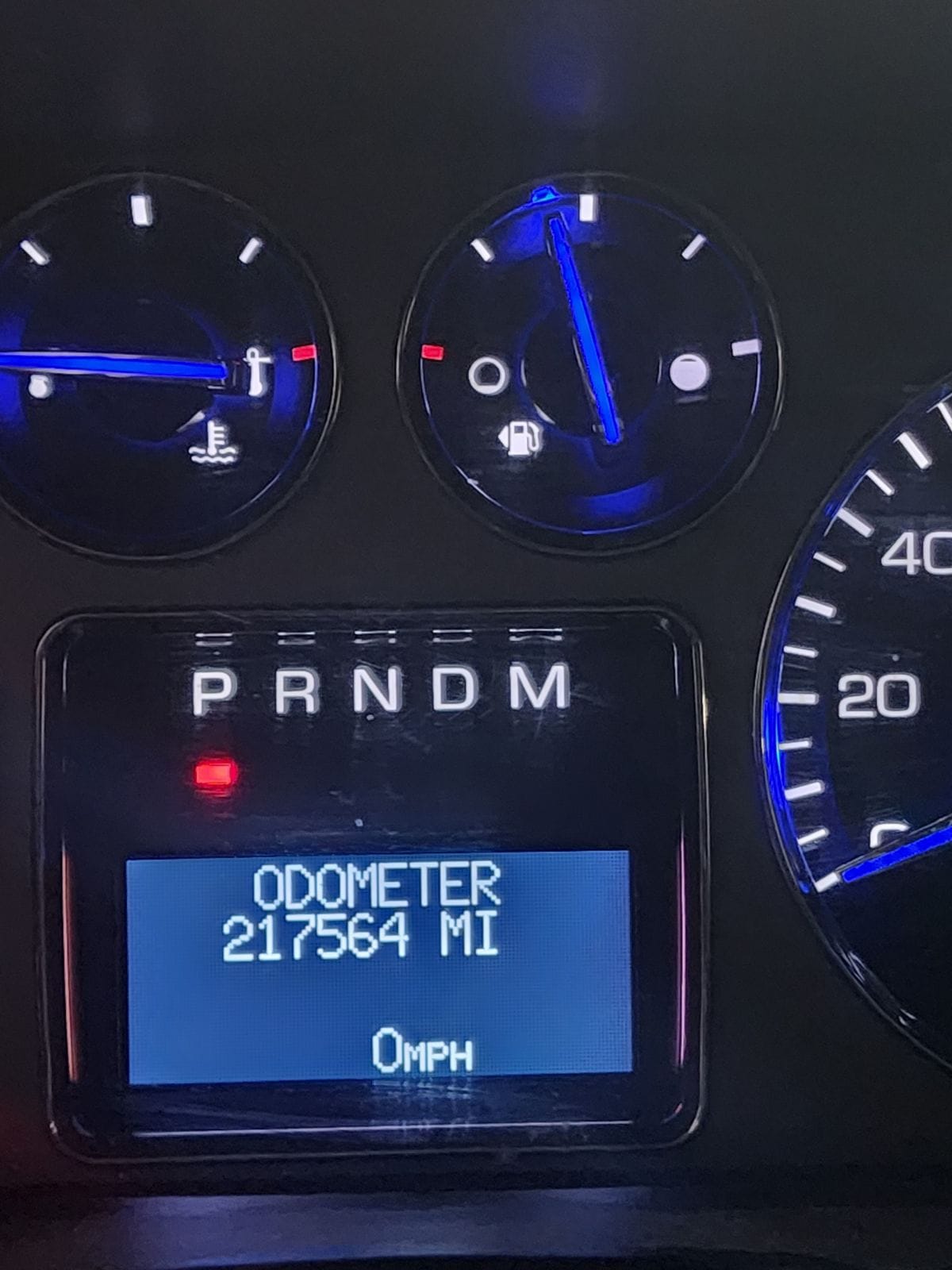🚗 Introduction: Why Adaptive Cruise Control Maintenance Matters
In recent years, the automotive industry has made remarkable advances in driver assistance technologies. One of the best features to emerge is the adaptive cruise control system (ACC) — a safety feature that not only maintains a set speed like traditional cruise control but also adjusts your vehicle’s speed based on traffic conditions and the distance to the detected vehicle ahead.
For Nebraska drivers, especially those navigating lane roads, freeway exits, and hilly roads, ensuring proper adaptive cruise maintenance in NE is more than just a convenience feature — it’s a matter of safety. Whether you own a new car, used vehicle, or even a specific Acura model or Ford vehicle, regular care for your ACC system can extend its life, improve fuel efficiency, and help avoid costly repair services.
🔍 Understanding Adaptive Cruise Control
How It Works
Unlike regular cruise control, which simply holds a cruising speed, the adaptive cruise control system uses radar sensors, a forward-looking camera, and object detection systems to monitor the road ahead.
Key adaptive cruise control features include:
- Safe distance monitoring to maintain a safe following distance
- Gap setting adjustments for more or less space between your car and the one ahead
- Ability to slow down or accelerate automatically to match slower traffic or return to your desired speed
- Integration with lane centering, forward collision warning, and automatic emergency braking on certain model vehicles
🛑 The Role of Sensors in ACC Performance
Your forward-looking sensors and radar sensors are the “eyes” of the system. Dirt, snow, or bad weather can create a grey zone where the sensors can’t “see” correctly. In slower traffic or slow-moving vehicles scenarios, sensor accuracy is crucial for avoiding panic stops and maintaining car lengths for safety.
📘 Owner’s Manual: Your First Guide to Maintenance
Your owner’s manual outlines the service intervals and maintenance steps for your specific trim level and compatible roads usage. It’s also where you’ll find advice on how to handle road surface traction issues or entrance ramps where ACC systems might struggle.
🛠 Common Maintenance Needs for Adaptive Cruise Control
1. Sensor Cleaning and Alignment
Dust, road conditions, and weather can misalign or block the radar sensors. Regular inspection at a service center is vital.
2. Software Updates
Just like your phone, electronic systems require updates to improve object detection systems, traffic sign recognition, and lane markings interpretation.
3. Brake and Throttle Calibration
Since the ACC system interacts with the brake pedal, accelerator pedal, and gas pedal, calibration ensures smooth transitions between acceleration and braking.
🧳 Long Drives and Nebraska Conditions
Nebraska roads can be challenging — from hilly roads to long, flat stretches ideal for long trips. Over time, driving conditions can impact vehicle’s speed sensors, especially when bad weather reduces visibility.
Adaptive cruise maintenance in NE should be scheduled before:
- Long drives across the United States
- Seasonal changes that affect road surface traction
- Trips where driver fatigue is a major concern
🔄 Adaptive Cruise Control vs. Traditional Cruise Control
| Feature | Traditional Cruise Control | Adaptive Cruise Control System |
| Speed Control | Holds a set speed | Adjusts to slower traffic automatically |
| Safety Features | None beyond speed control | Integrates safe distance, lane centering, forward collision warning |
| Sensor Usage | None | Uses radar sensors and forward-looking camera |
| Suitable Roads | Open highways | Lane roads, compatible roads, and mixed traffic conditions |
| Driver Input | Press brake pedal or cancel button to stop | Can slow to a complete stop and resume automatically |
⚠️ Limitations and Major Concerns
While adaptive cruise control features are impressive, they are not a substitute for complete attention. Limitations include:
- Reduced accuracy in bad weather or poor lane markings
- Potential issues on road conditions with grey zones
- Need for manual override when a police officer directs traffic or at a red light
🛡 Safe Distance and Gap Settings: A Safety Feature You Control
Drivers can adjust the distance setting to maintain a longer or shorter safe following distance. For hilly roads or when driving near slow-moving vehicles, a larger gap setting provides extra time to react.
💡 Convenience Features That Support Safer Driving
- Lane centering to reduce driver fatigue
- Super Cruise in some model vehicles for hands-free operation on compatible roads
- Integration with blind spot monitoring for more relaxed driving experience
📏 Fuel Efficiency and Adaptive Cruise Control
Maintaining a steady cruise speed and adjusting smoothly for slower traffic can improve fuel efficiency compared to constant manual acceleration and braking. This benefit is especially noticeable on long trips across Nebraska.
🔧 Repair Services and When to Call a Service Center
Seek repair services for your ACC system if:
- Your system struggles to detect a slower vehicle or maintain set distance
- The forward collision warning activates without reason
- There are alerts related to radar sensors or electronic systems
One Shot Auto Repair in Nebraska specializes in repair services for ACC and related safety features, ensuring your system is as reliable as your seat belts.
🛑 Adaptive Cruise Control and Panic Stops
A well-maintained adaptive cruise control system can help avoid sudden panic stops by reacting faster than human reflexes in many cases. However, drivers should still keep hands on the steering wheel and be ready to press the brake pedal at any moment.
🚦 Traffic Signs, Lights, and City Driving
While some new systems recognize traffic signs and posted speed limits, most require manual control at traffic lights and red lights. Use caution in bad weather or slow-moving vehicle conditions.
📍 Nebraska-Specific Maintenance Advice
- Road surface traction varies in Nebraska between seasons, affecting ACC system performance.
- Dust and gravel roads may require more frequent sensor cleaning.
- Local service centers like One Shot Auto Repair understand Nebraska’s driving conditions better than national chains.
📝 Summary Table: Adaptive Cruise Maintenance Tips
| Maintenance Task | Frequency | Why It Matters |
| Sensor Cleaning | Monthly or after bad weather | Keeps object detection systems accurate |
| Software Update | As recommended by owner’s manual | Improves electronic systems |
| Brake/Throttle Calibration | Annually | Ensures smooth operation |
| Road Test | Twice a year | Confirms proper gap setting and safe distance |
| Full Inspection | Before long trips | Prevents failures on lane roads or hilly roads |
✅ Conclusion: Keeping Your ACC System Road-Ready
Your adaptive cruise control system is one of the best features you can have for long drives in Nebraska — but only if it’s maintained properly. From keeping sensors clean to updating software, adaptive cruise maintenance in NE ensures you can rely on your system for a more relaxed driving experience, improved fuel efficiency, and safer journeys.
At One Shot Auto Repair, our service team provides expert repair services, maintenance services, and inspections for adaptive cruise control features in both new cars and used vehicles. Whether you’re driving across lane roads, navigating traffic conditions, or heading out for long trips, we’ll keep you — and your safe following distance — in good hands.

